Educational flashcards help children learn to associate colors with objects in their environment. Through engaging lessons, children will have fun coloring various objects, enhancing their understanding of colors. So, enjoy our new lesson on Learning Colors with Objects.
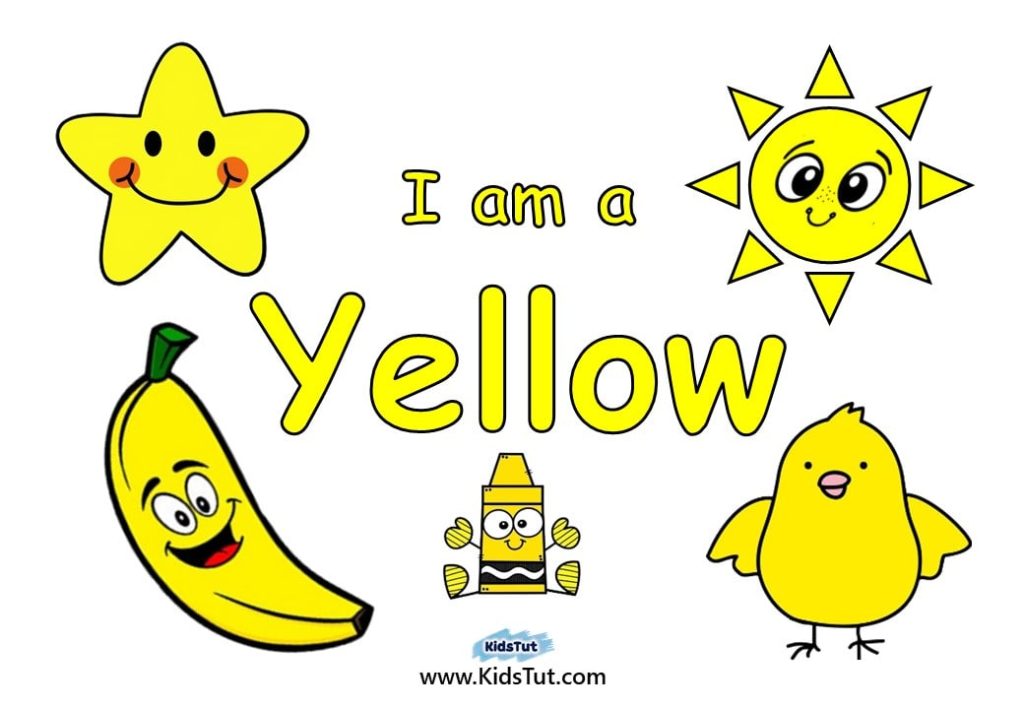
- I am a yellow Star.
- I am a yellow sun.
- I am a yellow banana.
- I am a yellow chick.
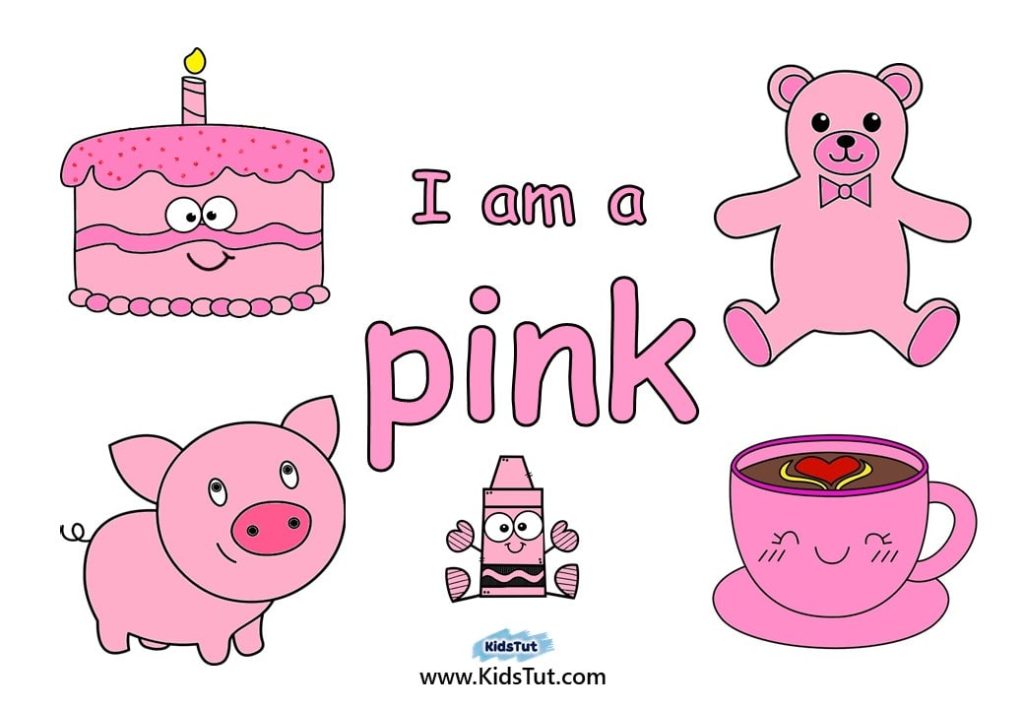
- I am a pink cake.
- I am a pink teddy bear.
- I am a pink pig.
- I am a pink cup.
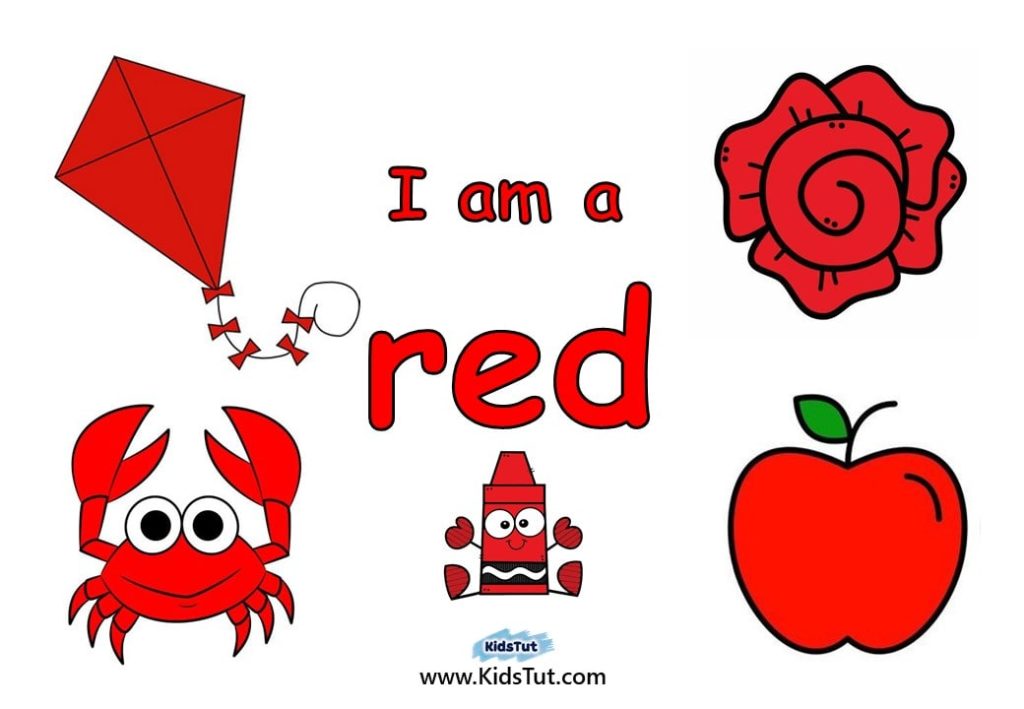
- I am a red kite.
- I am a red rose.
- I am a red crab.
- I am a red apple.
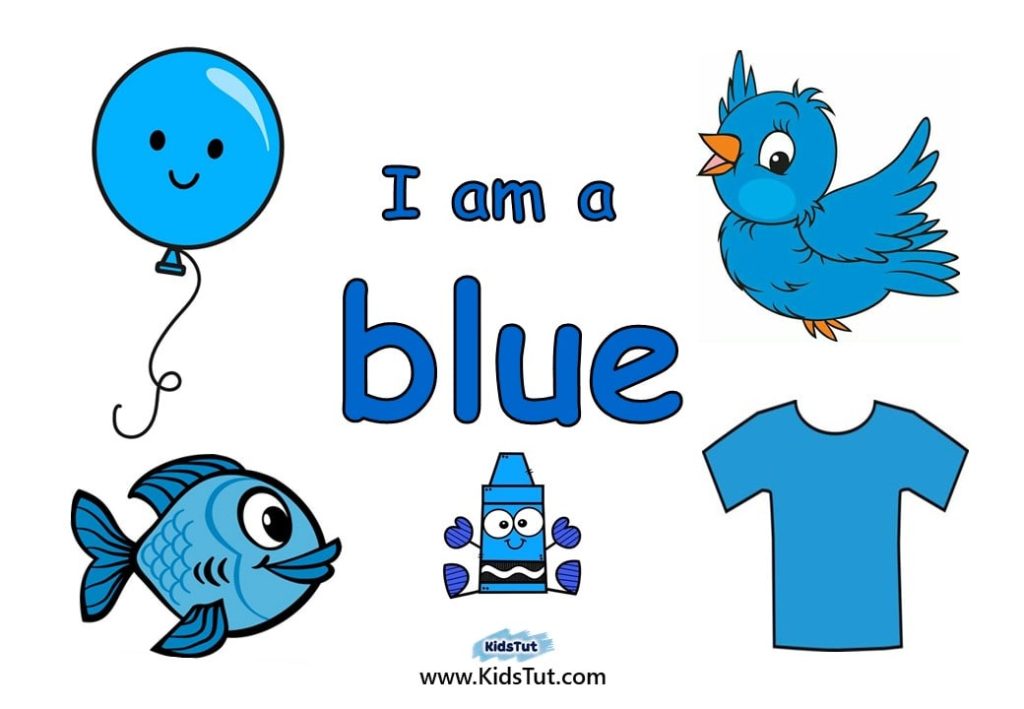
- I am a blue balloon.
- I am a blue bird.
- I am a blue fish.
- I am a blue t-shirt.
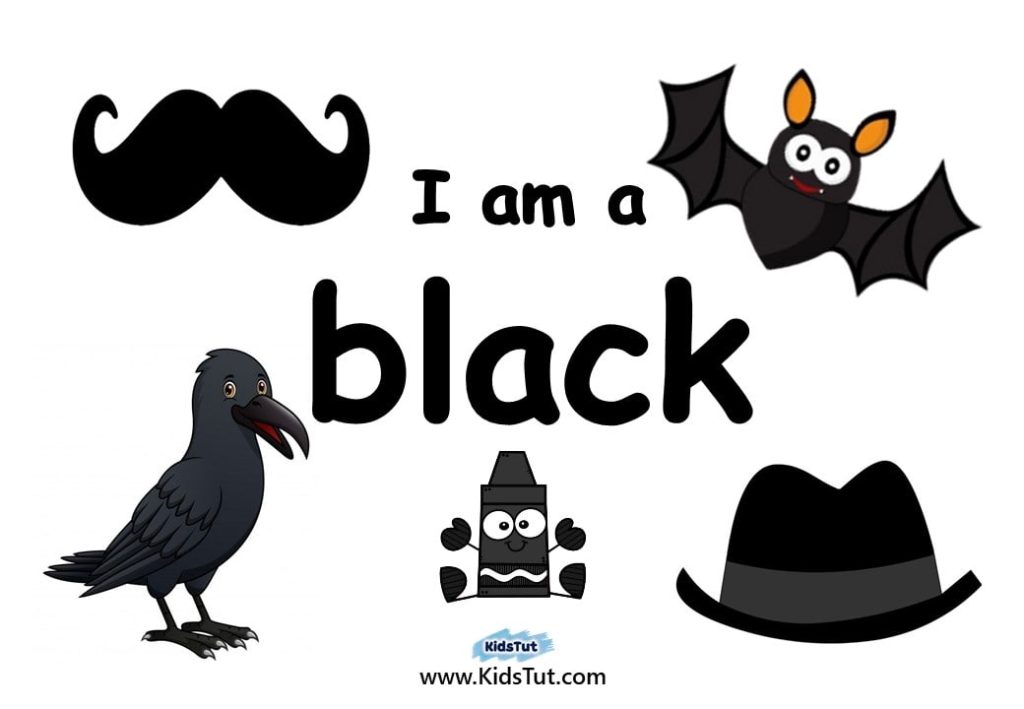
- I am a black mustache.
- I am a black bat.
- I am a black crow.
- I am a black hat.
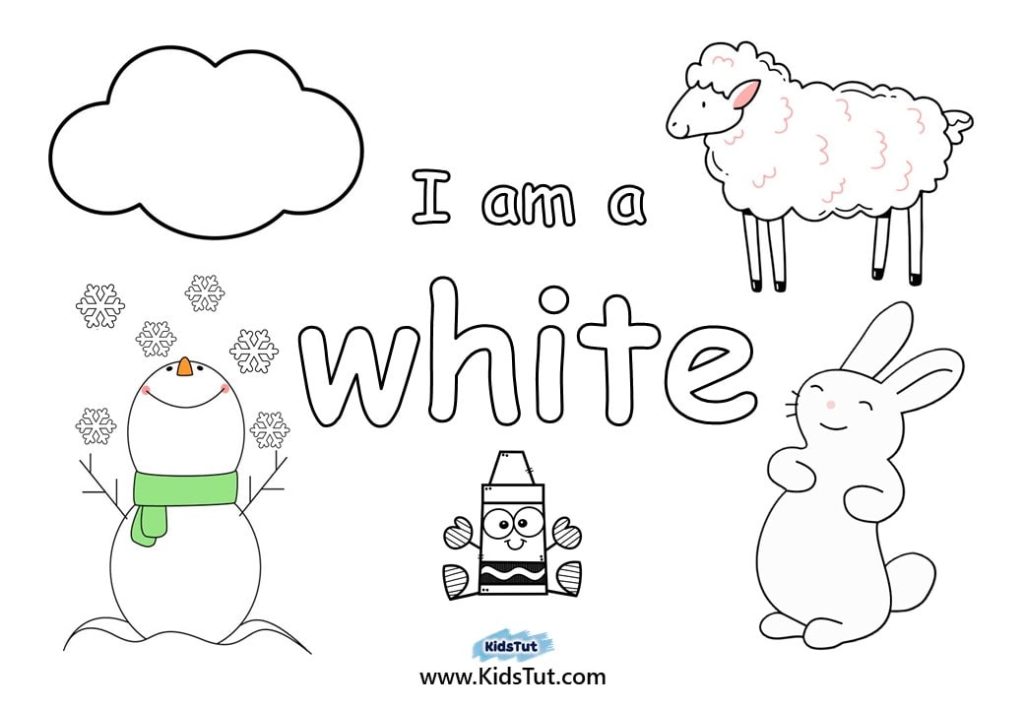
- I am a white cloud.
- I am a white sheep.
- I am a white snowman.
- I am a white rabbit.
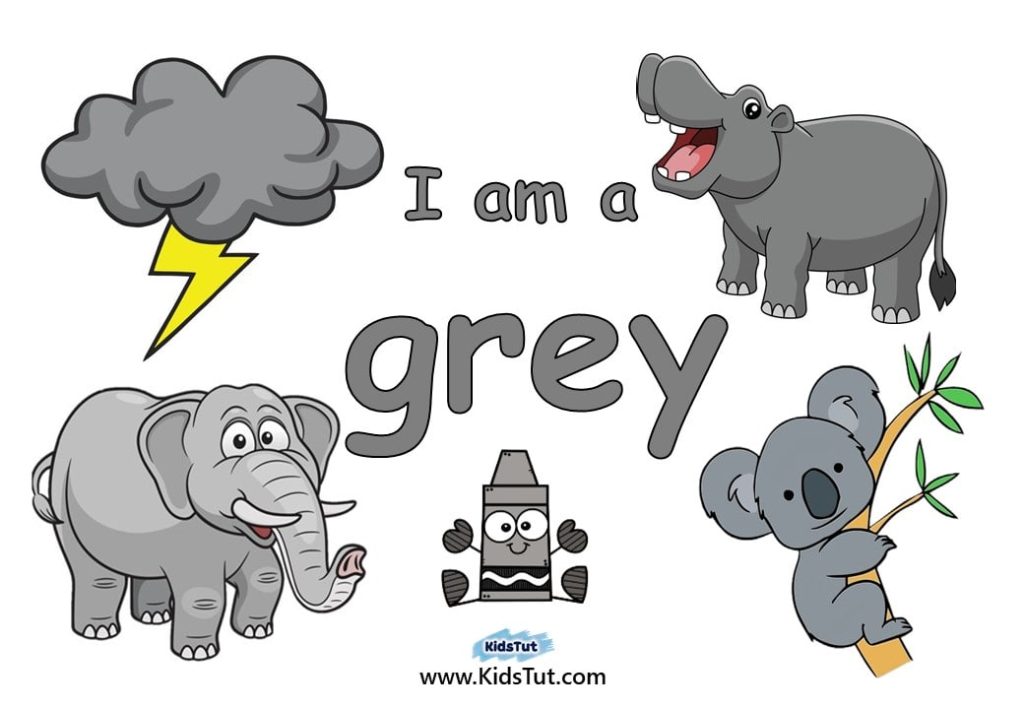
- I am a grey rainy cloud.
- I am a grey hippo.
- I am a grey elephant.
- I am a grey koala bear.
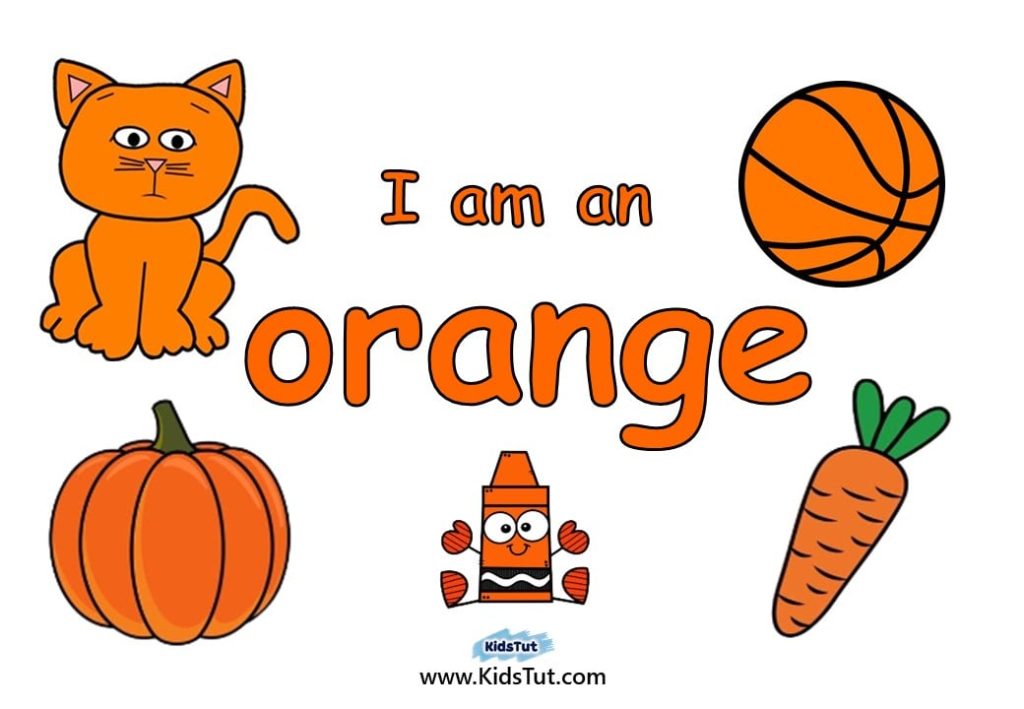
- I am an orange cat.
- I am an orange ball.
- I am an orange pumpkin.
- I am an orange carrot.
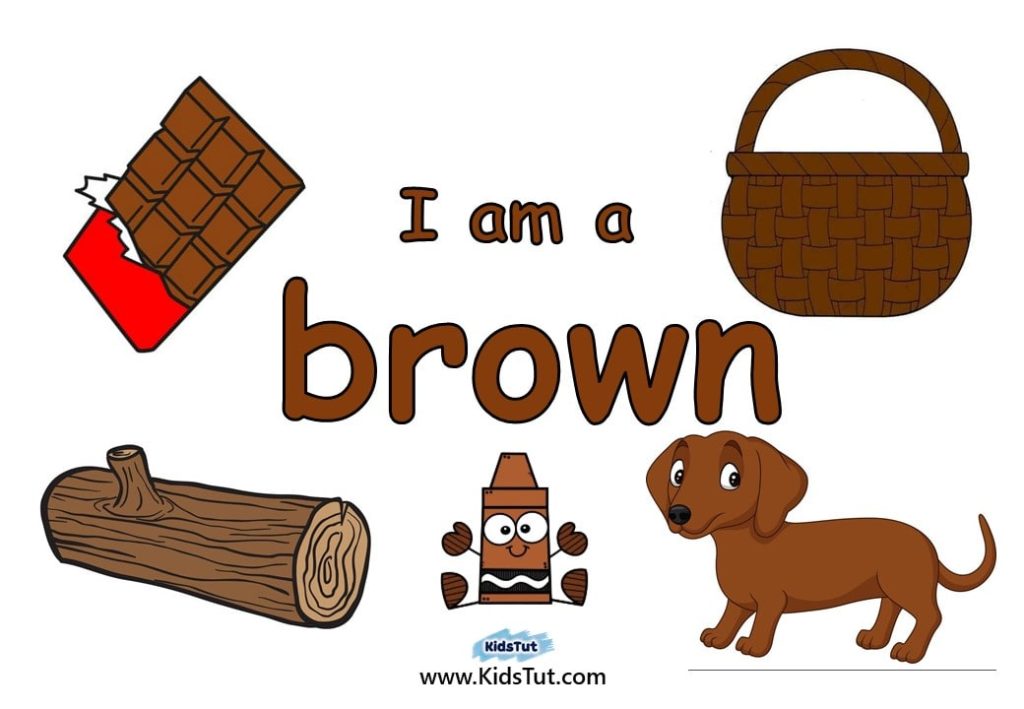
- I am a brown chocolate.
- I am a brown basket.
- I am a brown log.
- I am a brown dog.

- I am a purple bunch of grapes.
- I am a purple umbrella.
- I am a purple eggplant.
- I am a purple octopus.
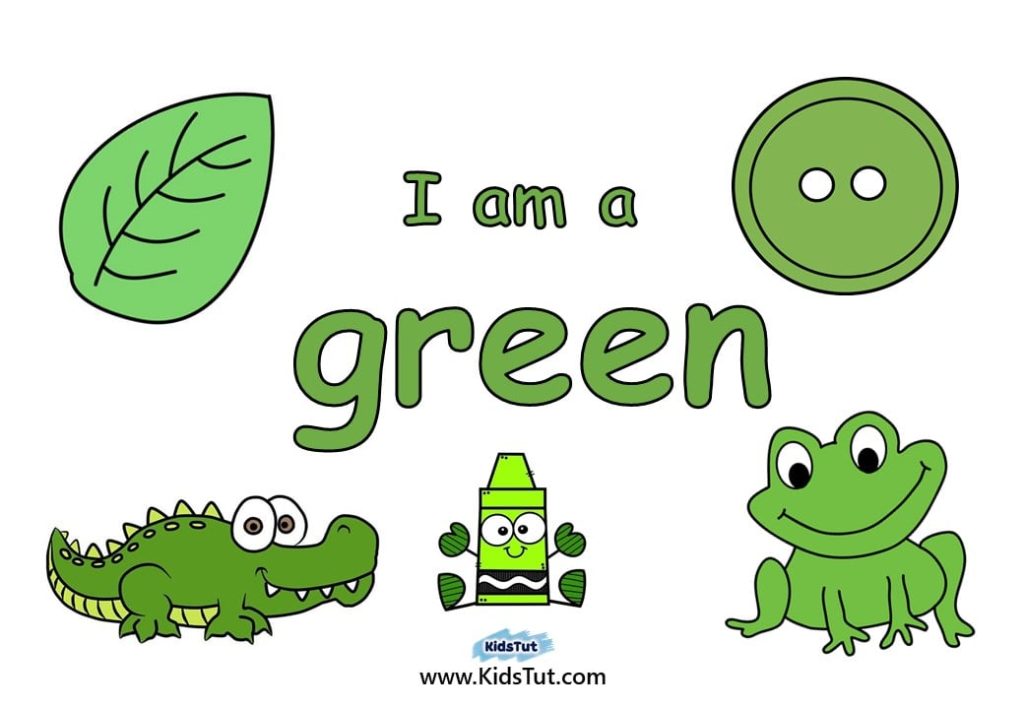
- I am a green leaf.
- I am a green button.
- I am a green crocodile.
- I am a green frog.
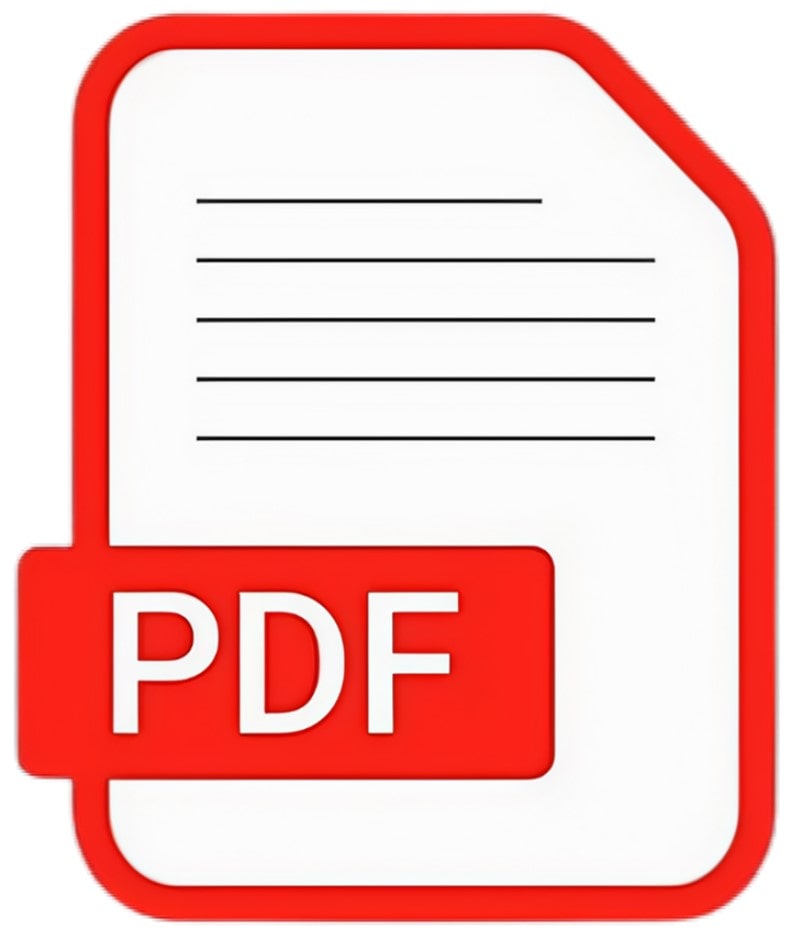
*** You have the option to download the PDF file from this location.- Download
Explore More Learning Colors Activities for Kids!
Fun and Easy Learning colors worksheets for kids – See More
In primary education, the introduction of colors typically focuses on 11 main colors, which children frequently observe in their surroundings. Therefore, children need to learn these colors.
Why is it important to introduce colors to children?
- Language Development: Learning color names enhances children’s vocabulary. It gives them new words to describe the world around them, which is crucial for effective communication and expression.
- Observational Skills: Recognizing colors encourages children to notice details in their environment. It sharpens their observational skills as they identify and differentiate between various hues and shades.
- Creativity and Expression: Understanding colors allows children to express themselves creatively through art, storytelling, and imaginative play. It fosters creativity and encourages them to explore their preferences and ideas.
- Safety Awareness: Teaching children about colors can also have practical implications for safety. For example, they can learn to recognize warning signs or distinguish between objects based on color, such as traffic lights or poisonous substances.
Through this learning page, you can teach children about the 11 colors: yellow, red, blue, purple, green, pink, gray, black, white, and orange. Additionally, you can introduce these colors based on the everyday objects they encounter. Using these 11 cards, children will develop a better understanding of colors.
You can teach colors to children according to the above teaching method. Each card above has four images. You can use these cards to describe the pictures and introduce their colors to the children. Children can also be taught colors, names of colors, and how to describe them with sentences through these cards.
